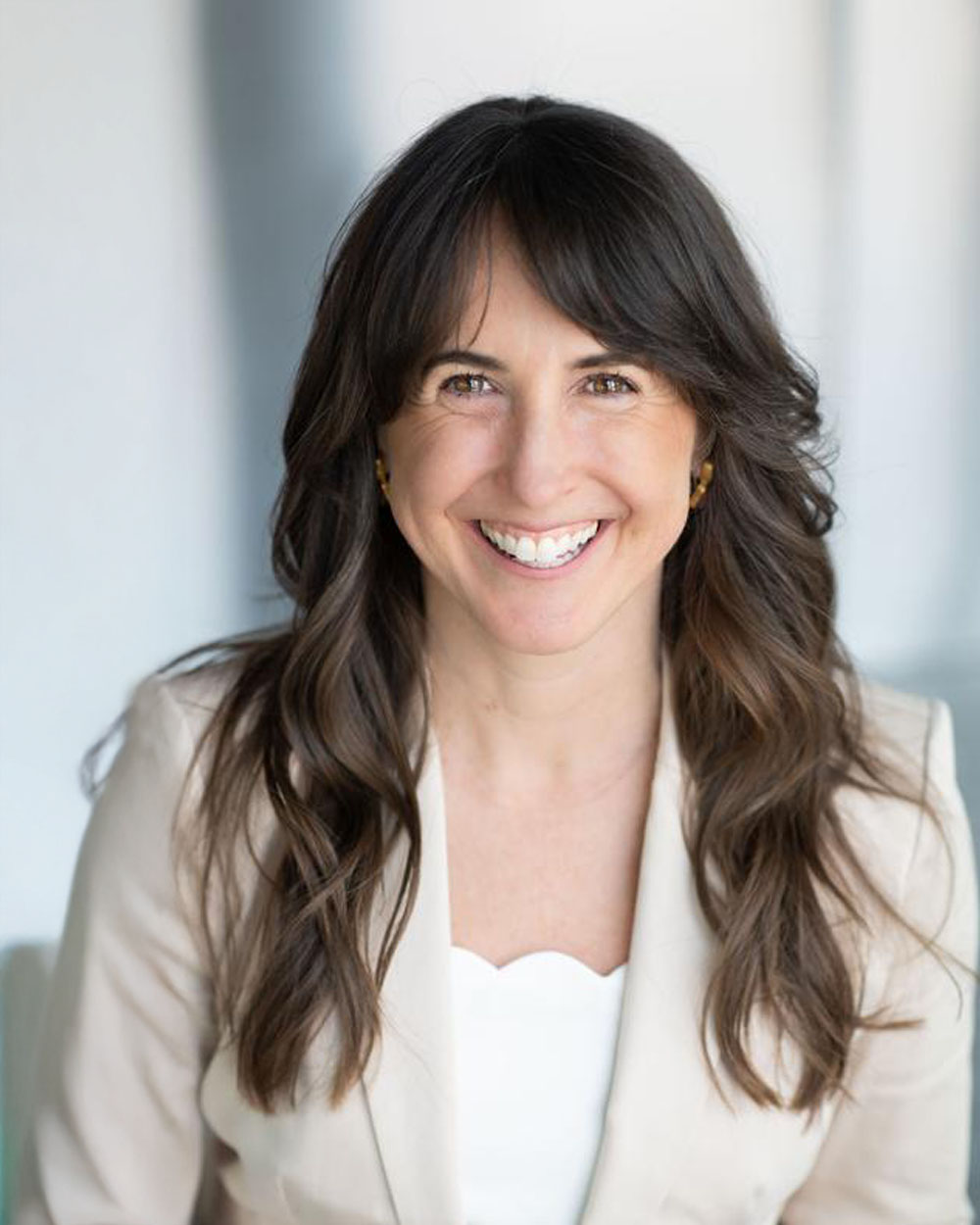As a neuropsychologist, I specialize in the science of brain-behavior relationships. It’s my mission to make these things relevant for you in real life. The following are some of my thoughts on the connection between neuroscience and dyslexia tutoring:
Dyslexia tutoring approaches that are based in the science of reading, such as Orton-Gillingham-based methods, capitalize on this principle in the following ways:
Success => Dopamine => I want to try that again.
- Systematic approach meets the student at their current point of mastery, makes no assumptions, and slowly builds on mastery but only at the pace that is determined by the student.
- This creates a pattern of success.
- We know that successful task completion (no matter how small) creates a little burst of dopamine in the brain. Dopamine is one of the key neurotransmitters involved in reward and motivation.
- Repeated connection between a task, successful completion, and the associated dopamine reaction: make the behavior more likely to occur in the future.
Repeated sound-symbol practice => stronger white matter pathway => more efficient reading
- Multisensory approaches, with frequent error-free/guess-free repetitions, bolster pathways in the brain.
- We see this in neuroimaging studies, which document growth in the white matter tracts of the reading network pre- and post-Orton-Gillingham tutoring.
- The pathway of fibers that connects the symbol/letter recognition part of the brain with the sound/word part of the brain becomes stronger with time.
- This is what leads to increased efficiency in reading.
Our brains are learning superheroes. For individuals with dyslexia, it’s just a matter of learning how that brain learns and then teaching in that way.


